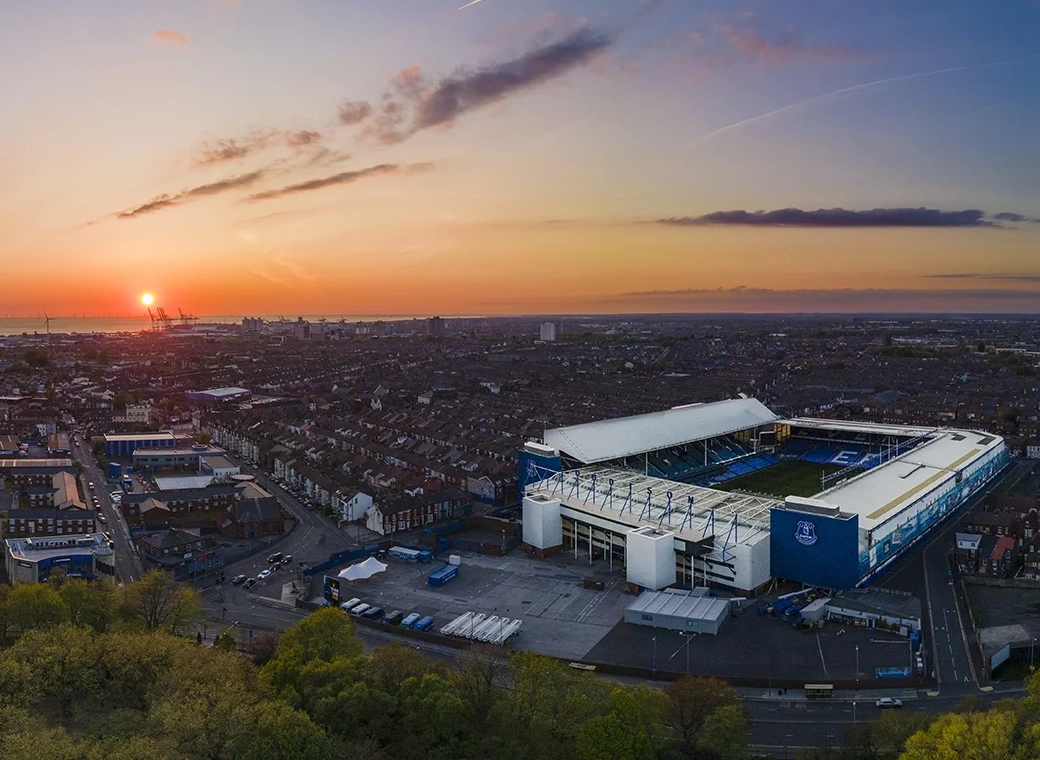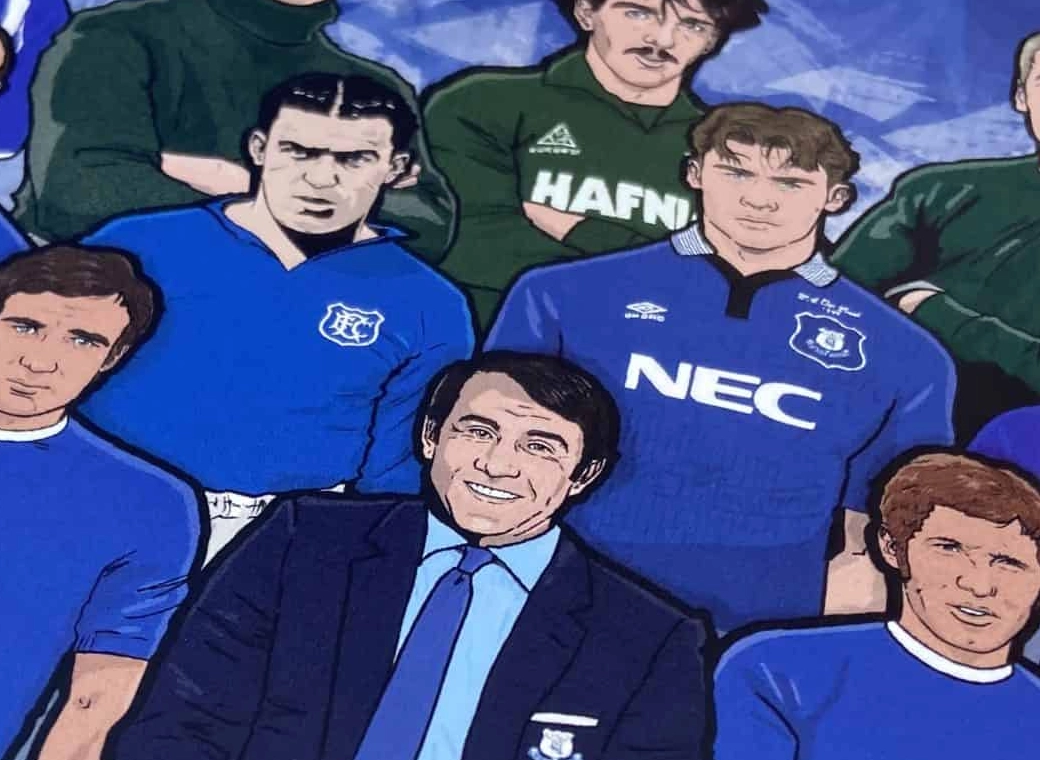Mayor Anderson is clear on this: “We provide security, using our status as an organisation, enabling them to go to the market to secure a loan.
“It won’t cost taxpayers any funding or any money at all. Indeed the reverse is true – Liverpool city council, out of the deal for that security, will receive a substantial amount of money, in excess of £4.4m a year if we do reach an agreement.”
And he added: “We’ve made no offer to fund the stadium and we have not been in talks with Everton to do so.”
* So where will the money for the stadium come from?
It’s up to Everton to find the money it needs following its own negotiations.
But having the council as a guarantor should make this stadium development much more attractive to potential investors.
Nick Kavanagh, the council’s director of regeneration, said: “With the financial position of the club now and the security given by the city council we will be bowled over by the amount of organisations that want to provide that funding.”
* What exactly is the council doing?
It is setting up a company, called a Special Purpose Vehicle, that will sit in between Everton and its lender.
The SPV will get an annual payment from the club, a year in advance. Most of that will go back to the funder to pay off the stadium costs and more than £4m a year will go to the council.
*How exactly will this work?
Strictly speaking, it will be the lender, rather than Everton FC, that buys the Bramley Moore dock land on a 200-year head-lease.
The funder will then lease the stadium to the council’s SPV for 40 years. And the SPV will then lease it to Everton for 40 years, less one day.
Everton will then pay an annual rent to the SPV so that company can pay off the funder and get an annual “fixed security fee” – that’s the £4m-plus that will go to the council.
And at the end of those 40 years, Everton will have the option to buy the lease for Bramley Moore Dock from the funder.
* Isn’t this a bit unusual?
Both Mayor Anderson and Mr Kavanagh say that the creation of an SPV is a common arrangement across the country when councils want to help support major regeneration projects without putting in cash themselves.
The Mayor said: “If it was Liverpool Football Club or any other institution that came to us with this deal I’d bite their hands off and it’s a great deal for Liverpool city council.”
* Doesn’t this put the council at risk? What if Everton get relegated?
Essentially the council, through the SPV, gets first dibs on some of Everton’s most important sources of income – like season ticket sales.
Mayor Joe Anderson says the SPV deal has been thoroughly scrutinised to make sure the council’s money is safe.
Everton FC has had to provide a “security package” as part of the deal to ensure that the SPV always gets paid.
It will have to create new bank accounts into which certain club income streams will be paid. If the SPV doesn’t get its rent, it can dip into those protected accounts.
The Mayor said: “Liverpool Council will have first take on season tickets, on the players themselves, on the naming rights, on the ownership of the stadium and of the television rights.”
* But why is the council getting involved with a football club anyway?
Mayor Anderson believes the stadium would play a massive part in the regeneration of north Liverpool.
Among the other projects planned for the area are a £50m new cruise liner terminal, a £25m Isle of Man ferry terminal and new apartments in the old tobacco warehouse at Stanley Dock. The council is also investing £50m in road improvements in the area,
The stadium would also kickstart the northern end of Liverpool Waters. There are several plans for Princes Dock, and Peel last week outlined plans for development in the Central Dock area, but Bramley Moore and Nelson docks would have been the last areas to be developed in Peel’s £5.5bn Liverpool Waters masterplan.
The stadium is likely to be just the start – restaurants, hotels and other facilities for fans are sure to follow.









